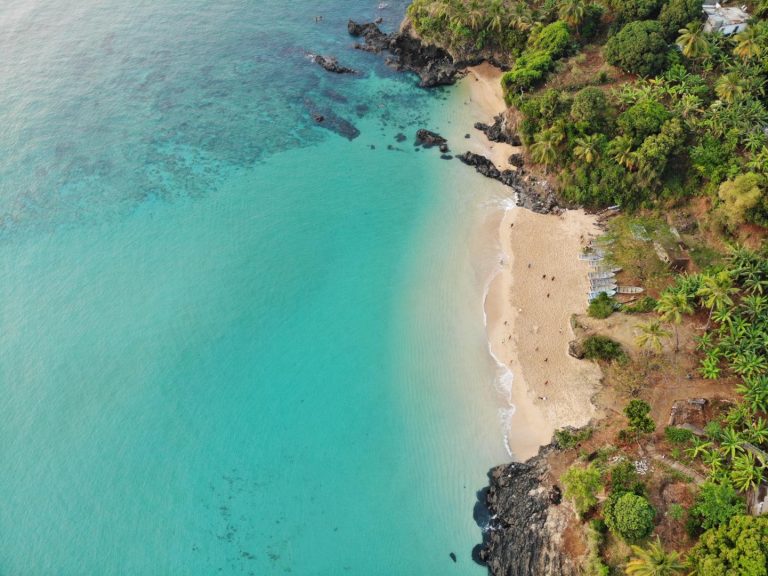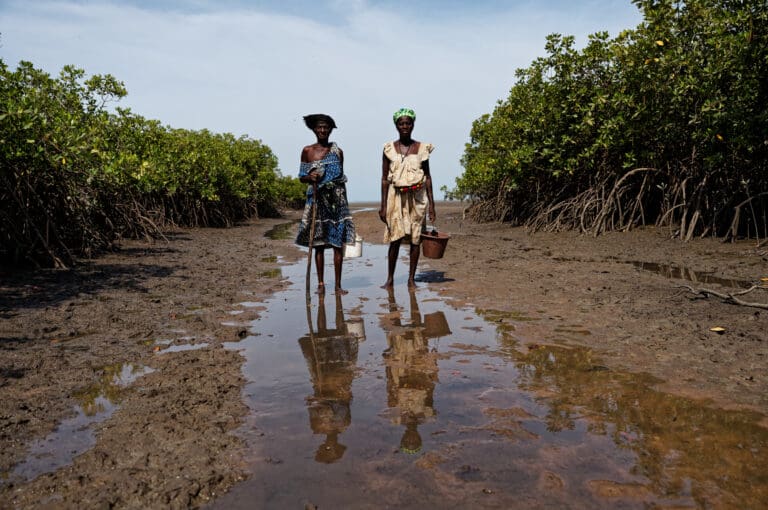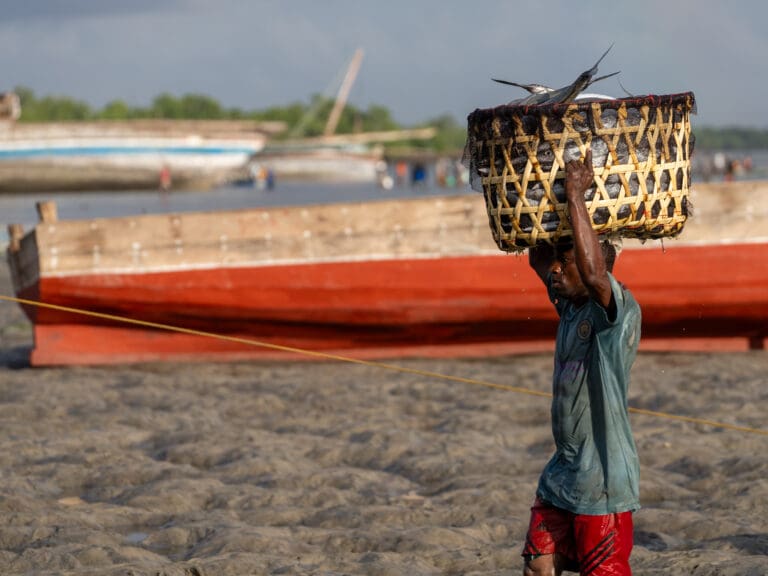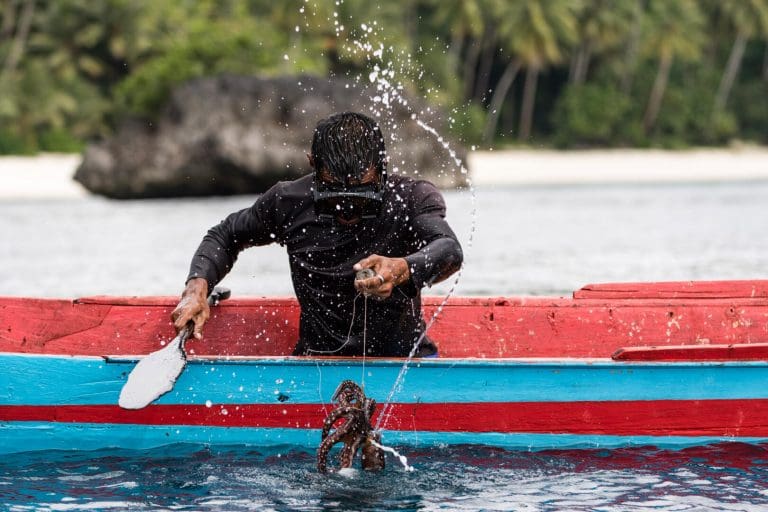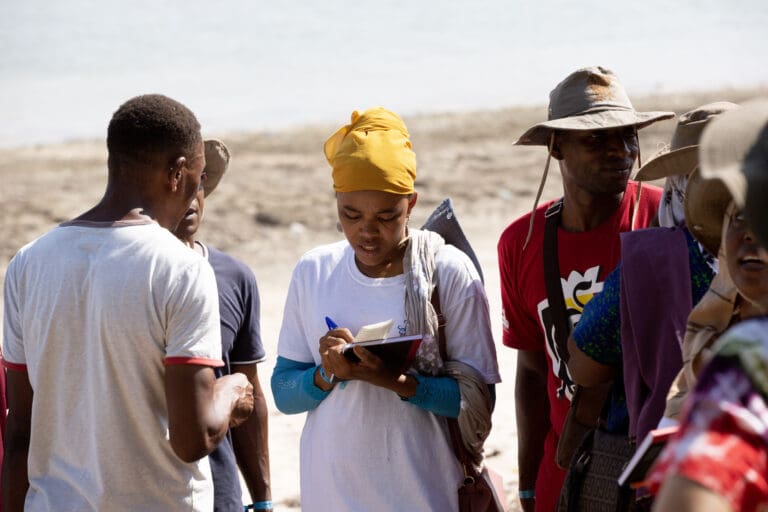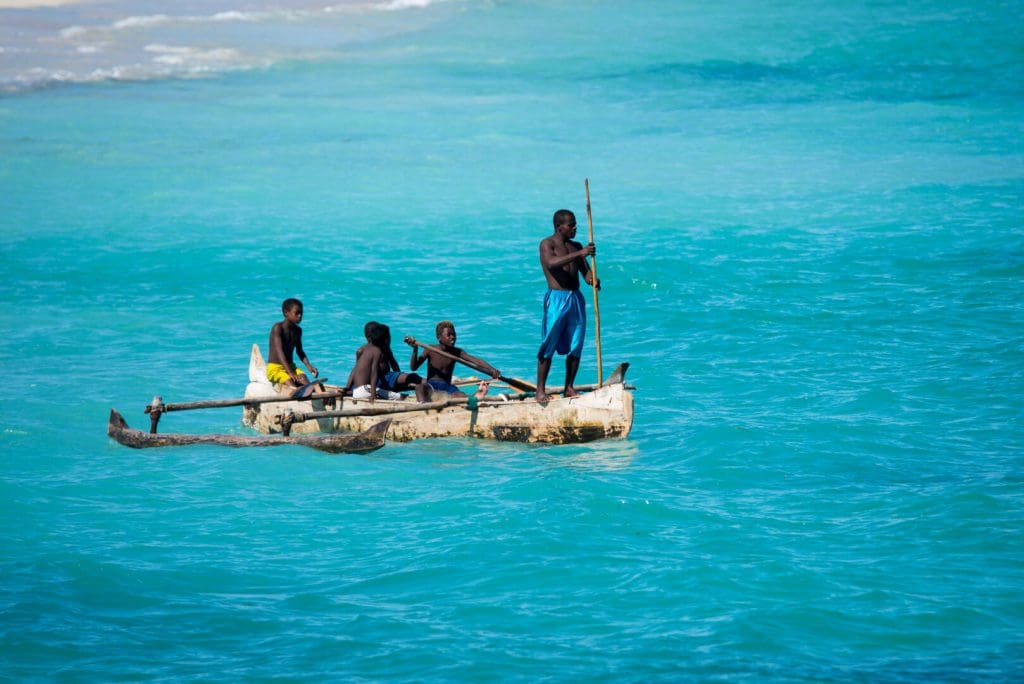ABSTRACT
With over 5,500 km of coastline spanning more than 14 degrees of latitude, Madagascar boasts a diversity of marine and coastal habitats that is unrivalled in the Indian Ocean. These ecosystems are of paramount importance to national food security, as well as the livelihoods and culture of coastal people. Yet Madagascar’s fragile marine resources are facing unprecedented threats from climate change, habitat destruction and overfishing. Development of an ecologically robust national marine protected area network presents the only viable means of safeguarding the resilience of remaining healthy ecosystems. But in the current post – crisis context, characterised by a lack of fully functional national environmental governance institutions, severe funding gaps and pervasive coastal poverty, conventional centralised approaches to marine protected area planning and management are unable to respond effectively to the scale and immediacy of the challenge. Given these constraints, the ongoing expansion of local coastal governance efforts will be key to promoting socially viable adaptive management strategies. Encouragingly, the recent rapid growth and scaling – up of locally managed marine areas (LMMAs) in Madagascar is unsurpassed throughout east Africa and the Indian Ocean region, with communities pioneering new and innovative approaches to fisheries management and livelihood diversification. The durability of such local conservation efforts, however, will depend on their capacity to demonstrate the economic as well as biodiversity benefits of sustainable marine resource management. This challenge necessitates placing a renewed focus on proving, quantifying and communicating the utilitarian benefits of marine biodiversity. Making this business case will be a fundamental prerequisite to stemming the tide of marine environmental degradation in Madagascar, and tackling the twin tragedies of coastal poverty and the marine commons.

